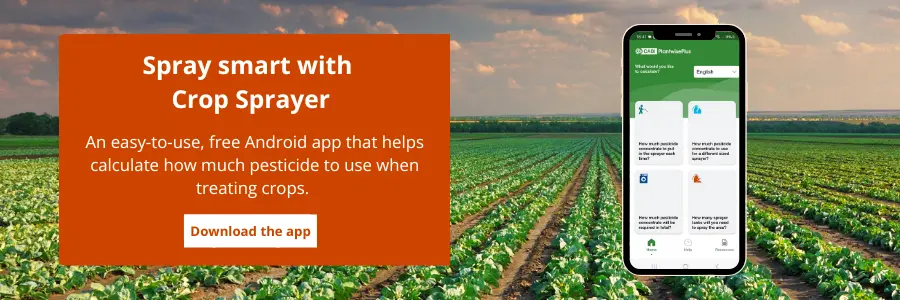Tomato leafminer (Tuta absoluta).: Tuta absoluta;
Publication: PlantwisePlus Knowledge Bank
Pest Management Decision Guides
Pictures



Prevention
•
Use pest-free transplants. Inspect new seedlings carefully before they are transplanted.
•
Seal door and window frames of greenhouses. Plug any openings with insect-proof netting.
•
Remove and destroy weeds and alternative host plants, e.g. Datura, Solanum species.
•
Avoid rotation with or planting near, solanaceous crops such as eggplants and Irish potatoes.
•
Rotate with non-host plants such as maize, beans and cabbages.
•
Avoid staggered tomato cropping.
Monitoring
•
Tuta absoluta is a small moth, active at night. The larvae mines tomato leaves.
•
Start monitoring immediately after crop establishment. Monitor twice a week for early damage. Examine leaves, stems and fruits.
•
Look for: Blotch shaped mines and droppings on leaves, stems and fruit. Leaf mines are wide and gradually become brown and necrotic. Exit holes on the surface of fruits. Silver/grey brown moths (5-7mm long) underneath leaves.
•
Use pheromone traps, light traps or sticky traps to detect the pest early.
•
Consider taking action once you notice 1-3 moths in a pheromone trap per day.
Direct Control
•
Remove infested tomato plant materials and destroy by burning or burying in holes more than 50cm deep.
•
Destroy plant residues after harvest by burning or burying.
•
Neem oil (1% or 0.3% azadirachtin). Apply 30ml/15L of neem oil (1% Azad.), and 75ml/15L of neem oil (0.3% Azad.). Aqueous neem kernel extract (ANKE) at 50g/L or 750g/15L.
•
Use pheromone baited water traps to mass trap adult male moths.
Restrictions
•
Pesticides should always be used in a lawful manner, consistent with the products label.
•
Use PPE when applying pesticides.
Direct Control
Spray with emamectin benzoate based insecticide at 15ml/15L. Maximum 3 applications per season. Apply in the morning and later in the day.
WHO Class II (Moderately hazardous). IRAC 4A. PHI IS 5 days; REI 24hrs. Eye and skin irritants. Toxic to bees and other non-target arthropods.
Spray chlorfenapyr based product at 15mls15/L. Maximum 3 applications per season. Apply in the morning or later in the day.
WHO Class III (Slightly hazardous). IRAC 13. PHI 3 days, REI 24hrs. Eye and skin irritants. Highly toxic to bees and other arthropods.
Indexing Terms
Descriptors
- weeds
- weeding
- tomatoes
- sticky traps
- rotations
- pruning
- planting stock
- plant pests
- plant oils
- pheromone traps
- pests
- pest management
- neem seed extract
- monitoring
- light traps
- insecticides
- insect pests
- extension
- emamectin
- cultural control
- cropping systems
- crop production
- control
- chlorfenapyr
- chemical control
- insect control
- pest control
- arthropod pests
Identifiers
Organism Descriptors
Geographical Location
Broader Terms
Information & Authors
Information
Published In

Pest Management Decision Guides
Pest Management Decision Guide: Green and Yellow List
Applicable geographic locations
Africa, Ghana
Copyright
© CABI 2023. This article is published under aCreative Commons Attribution-ShareAlike 4.0 International License (CC BY-SA 4.0)Published under a CC-BY-SA 4.0 licence
History
Published online: 1 January 2023
Issue publication date: 1 January 2023
Language
English
Authors
Metrics & Citations
Metrics
SCITE_
Citations
Export citation
Select the format you want to export the citations of this publication.
EXPORT CITATIONSExport Citation
View Options
View options
Get Access
Login Options
Check if you access through your login credentials or your institution to get full access on this article.


